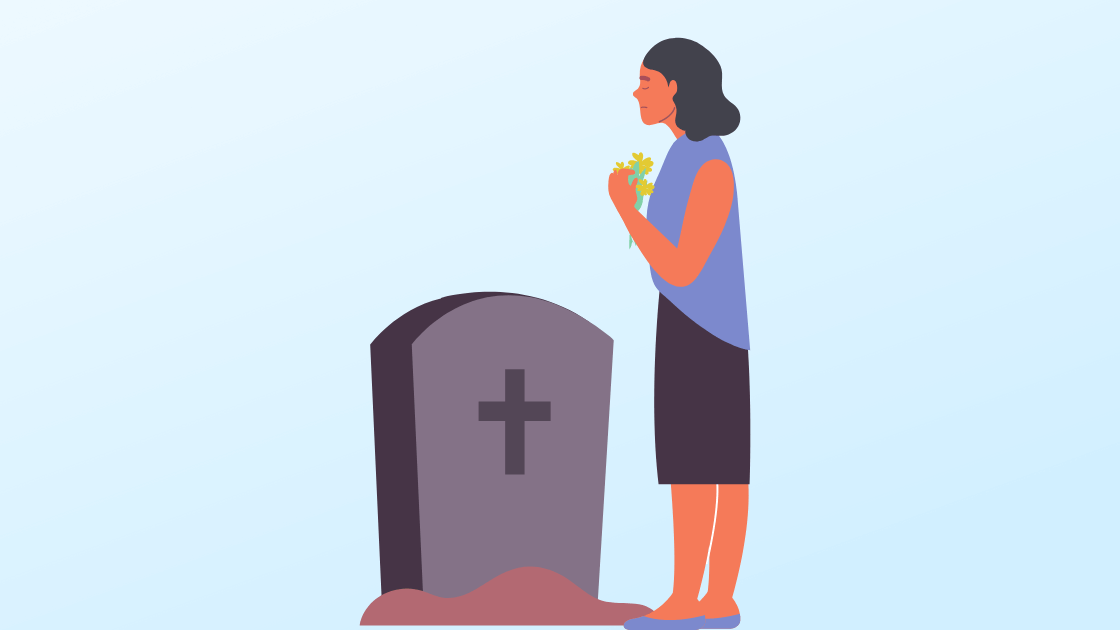After death, family members can bury a loved one in-ground or above ground with a traditional burial ritual or have their body cremated. The costs for the disposition of the vary from a cost-effective direct cremation to burial in a cemetery to display in a family or community mausoleum or columbarium.
Once a person has died, there are many guesses about what happens next to the soul or spirit. Common to all religions and other belief systems is the realization that something must be done with the decaying body.
While new-age techniques such as cryopreservation (freezing the body) or lyophilization (freeze-drying cells with liquid nitrogen) offer options, burying or burning the body are the most widely used approaches.
From the time of death, there are only a few hours before the body starts to break down. Once the corpse is entrusted to the funeral home or crematory, refrigeration suspends decay while the body is prepared for its final disposition.
Table of Contents
Types Of Burials
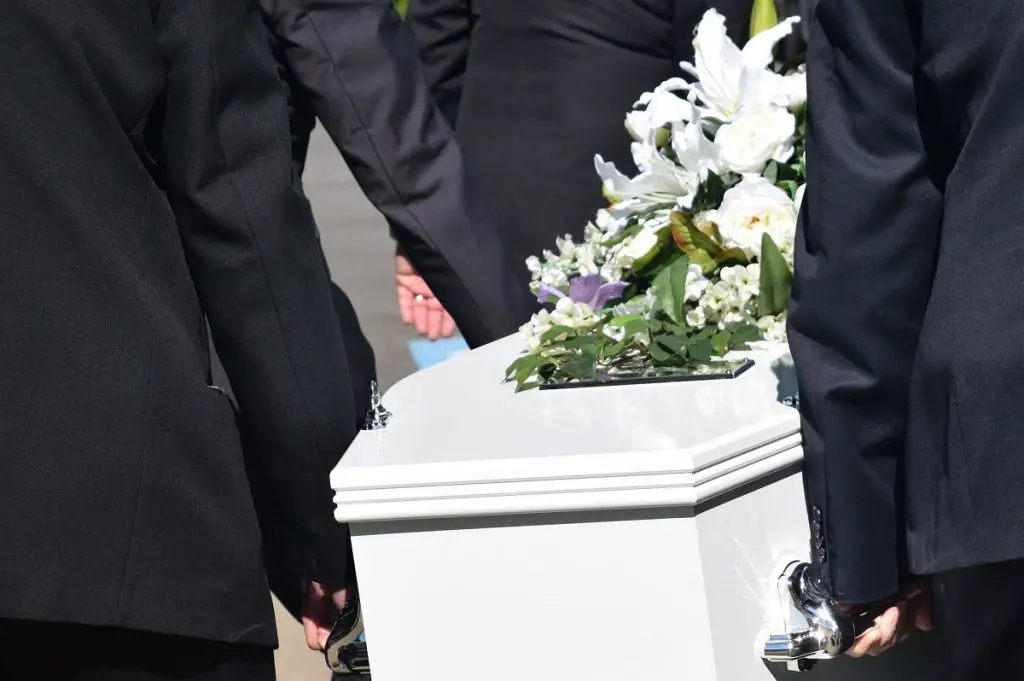
In-Ground Burial Options
In-Ground Burial is the traditional burial option where a body or an urn of cremated remains is placed in a grave or burial plot dug in the ground. The casket or urn is kept clean and dry from the elements with a burial vault or outer burial container.
Most spaces in a cemetery are designed for an individual casket, measure 8’ x 3’ to 10’ x 4’, and are big enough to accommodate a 30” burial vault that the coffin is lowered into. Double-depth options are available in some cemeteries to accommodate multiple caskets placed atop each other. This space-saving, lower-cost “companion-burial“ option is often used for siblings or married couples.
Once the casket is in place and covered with dirt, a headstone or grave marker identifies it. The markers may be granite or bronze rectangles laid flat at “lawn-level” or be upright pillars of stone, granite, or bronze. A single stone may mark multiple graves for spouses or a family if they prefer it.
Some wealthier families preferred that their members be buried in special private sections of the cemetery, often set apart by a wall, fence, or hedge. These family memorial gardens may have large raised headstones marked with the family surname.
Funeral Fundamentals’ expert Jeff Lemley talks about the traditional burial options and other decisions a family must make once a loved one passes away.
Most caskets are lowered into protective vaults, but some people prefer a top-of-the-line lawn crypt made of steel and concrete. Pre-installed in certain sections of a cemetery, they may house multiple caskets and protect them from floods, natural disasters, sinking, and collapsing.
In-ground burials are costly, take up land that might be used for other purposes, and are environmentally unsound. While cremation addresses the land-use issue, natural burial minimizes the environmental impact. Ordinarily, the body is embalmed to preserve it throughout the wake and burial process with chemicals such as formaldehyde that replace bodily fluids. These chemicals can leech out of the vault into the surrounding soil.
Natural burial bypasses embalming, vaults, and even traditional headstones. Families can plant flowers on the gravesite, unlike a traditional burial where plantings interfere with cemetery lawn maintenance.
Natural burial options vary widely around the country. The term “natural burial” can refer to using fewer resources or a more natural setting.
Green burial is a more regulated type of natural burial that requires the cemeteries that offer it to be certified and in adherence to specific guidelines and standards. Of the approximate 21,000 cemeteries in the US, only 350 are certified as green, although the number is probably higher. Currently, 54% of Americans are considering the green option, while 72% of cemeteries reported increased interest in the concept. The number of funeral homes and cemeteries that offer this eco-friendly green funeral option is expected to increase in the future.
Above-Ground Burial
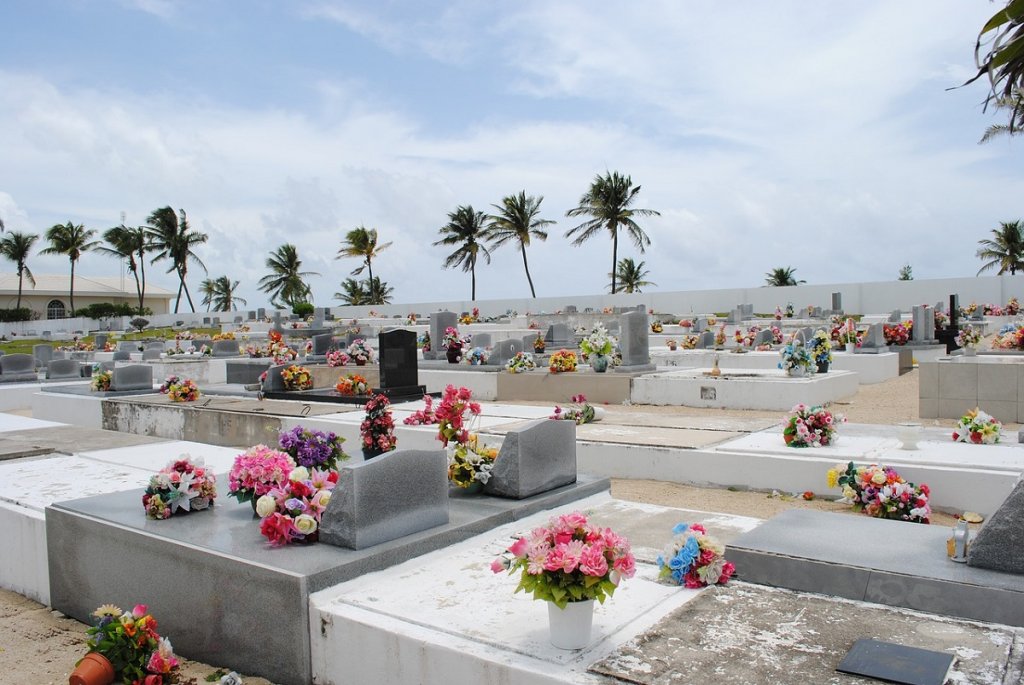
Above-ground entombment is a burial option that many prefer, especially in below-sea-level areas like New Orleans, where the rain can push caskets to the surface. However, as above-ground burial protects the casket or urn from any weather and offers added security, it is popular elsewhere as well. It can be more economical than traditional burial since no vault is necessary, and cemetery costs are lower. Visitation is more convenient even in bad weather as the body is wither within a structure or outdoors but raised up from the ground.
Each body is entrusted to a separate niche or crypt within a mausoleum. Three types of above-ground entombment are popular:

Private Mausoleum. Owned by a family, a private mausoleum ensures eternal housing for multiple family members. Costs to construct them start at around $25,000 but can easily exceed $200,000 for building plus the cost of cemetery real estate. When a family member dies, entombment fees to open and close the crypt apply, but no vault is necessary.
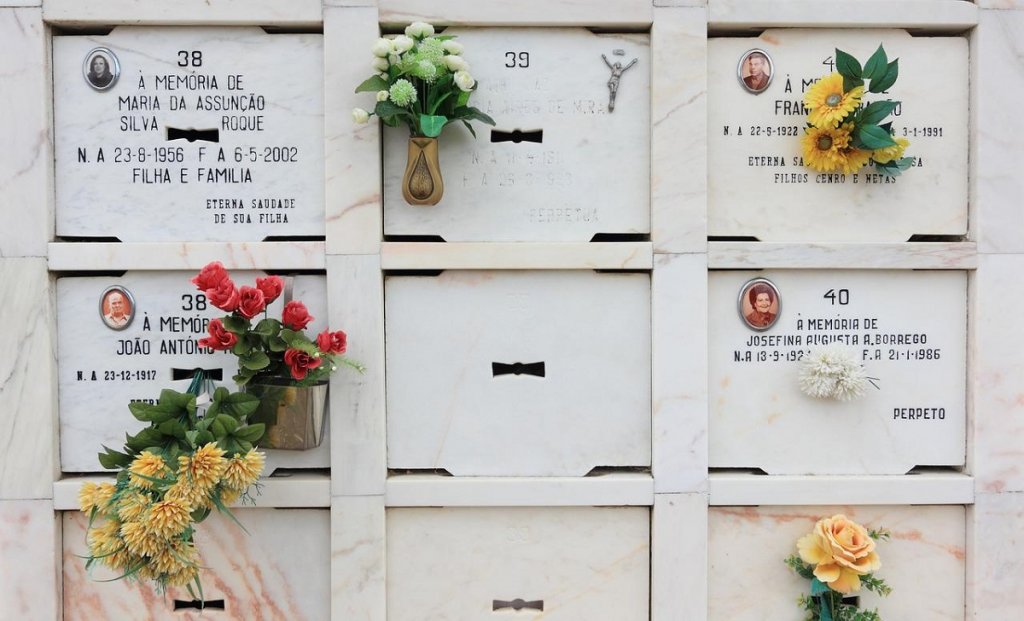
Community Mausoleum. Owned by a cemetery, a community mausoleum is open to anyone. Garden mausoleums have crypts facing the outdoors for easy viewing, while indoor entombment spaces are climate controlled and comfortable to visitors all year round. With preplanning, a family can reserve single, side-by-side, or companion spaces.
Columbarium. Cremated remains can have a permanent home in a columbarium that offers a secure glass-front or granite front niches. The memorial can occupy a whole building or a room and provides an alternative to those who want their ashes preserved rather than scattered or relegated to a family member.
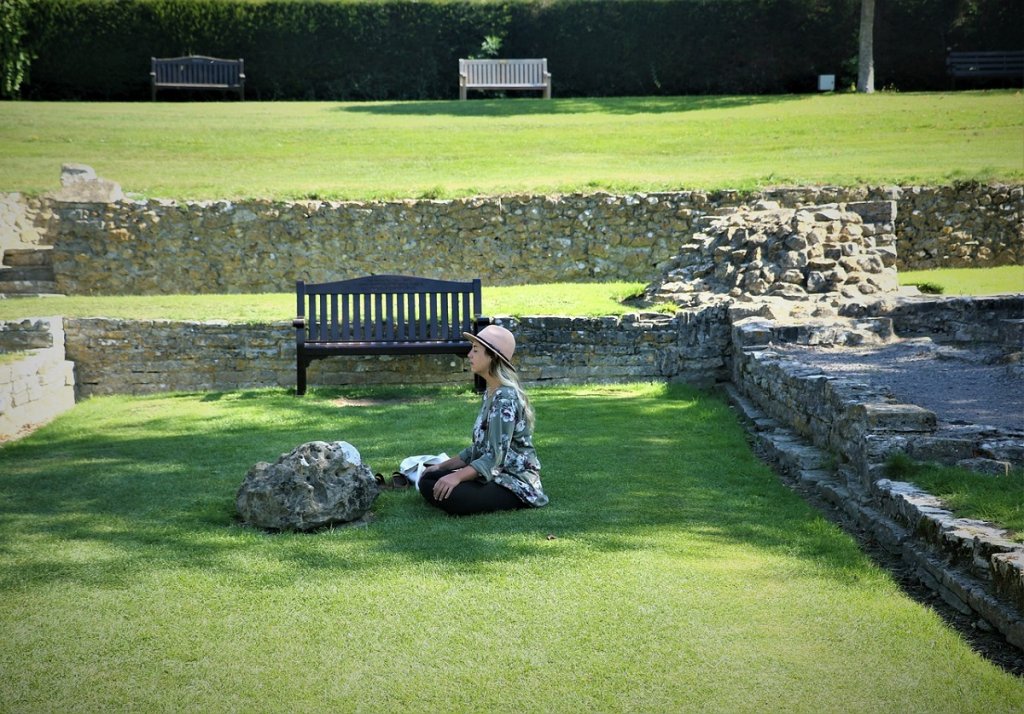
Cremation Gardens. Cemeteries may offer the option of burying cremated remains in a garden setting in specific parts of the cemetery. The remains may be built into granite cremation benches, a memorial, or under a rock. Some burial grounds may have scattering gardens for releasing the ashes of a loved one, whose name might be engraved on a plaque.
The Growing Trend Toward Cremation
According to the Cremation Associate of North America, annual cremation rates since 2006 have grown by 25%, so nationwide rates are currently 57.5%. The rates are expected to exceed 64% in the US by 2025 and 81% in Canada. Why? The population is more transient and less tied to traditions, even those pertaining to death and burial. Funeral costs are high, and cremation offers a less expensive option.
Cremation disposes of the body by burning it. Parts of the skeleton, hands, and feet that do not burn completely are turned to ash in a grinding machine known as a cremulator. The ashes can fit into an urn which alleviates the need for a casket. When the family wants a wake and a funeral service, the costs rise to about 90% of the costs of a traditional burial. The body must be embalmed and presented in a rented casket.
Direct Cremation is the most efficient, cost-effective type of cremation and can be done for $1,000 or less. This price includes the most basic services from the funeral home.
Funeral Costs Of Burial Vs. Cremation
Preparing a body for its eternal resting place is not cheap. While home funerals, including an in-home wake, are making a comeback, most people prefer to use the services of a funeral director who refrigerates and embalms the body before its viewing and burial. As noted in the chart below, getting the remains to the cemetery or other final resting place costs almost $8,000, while creation costs when a viewing is involved exceed $5,400.
Additional costs for any option might include flowers, fees to celebrants who officiate at a funeral or memorial service, funeral receptions, etc.
Once the body is ready for internment or disposition after cremation, the meter starts running for the actual burial or disposition of the remains.

The Growing Trend Toward Cremation
According to the Cremation Associate of North America, annual cremation rates since 2006 have grown by 25%, so nationwide rates are currently 57.5%. The rates are expected to exceed 64% in the US by 2025 and 81% in Canada. Why? The population is more transient and less tied to traditions, even those pertaining to death and burial. Funeral costs are high, and cremation offers a less expensive option.
Cremation disposes of the body by burning it. Parts of the skeleton, hands, and feet that do not burn completely are turned to ash in a grinding machine known as a cremulator. The ashes can fit into an urn which alleviates the need for a casket. When the family wants a wake and a funeral service, the costs rise to about 90% of the costs of a traditional burial. The body must be embalmed and presented in a rented casket.
Direct Cremation is the most efficient, cost-effective type of cremation and can be done for $1,000 or less. This price includes the most basic services from the funeral home.
Funeral Costs Of Burial Vs. Cremation
Preparing a body for its eternal resting place is not cheap. While home funerals, including in-home wakes, are making a comeback, most people prefer to use the services of a funeral director who refrigerates and embalms the body before its viewing and burial. As noted in the chart below, transporting the remains to the cemetery or other final resting place costs almost $8,000, while cremation costs when a viewing is involved exceed $5,400.
Additional costs for any option might include flowers, fees to celebrants who officiate at a funeral or memorial service, funeral receptions, etc.
Once the body is ready for interment or disposition after cremation, the meter starts running for the actual burial or disposition of the remains.
Costs Of Entrusting The Body Or Remains To Its Final Resting Place
Any planning checklist of expenses must include expenses specific to the final disposition of the body.
Typical cost include
- Plot cost
- Gravesite expenses
- Service fees
- Coffin or vault container
- Transportation fees (hearse, van, etc.)
- Groundbreaking and resealing costs
Once the body is prepared, and the funeral is held, the body or cremains are ready for interment at the burial site in a cemetery plot or mausoleum space. Burial or entombment also involves fees for the cemetery plots or mausoleum space and the opening and closing of the grave or crypt. The casket is placed in the burial vault before the grave is covered with soil.
A permanent headstone is installed once the grace has settled, although a temporary gravesite marker might identify the grave until then.
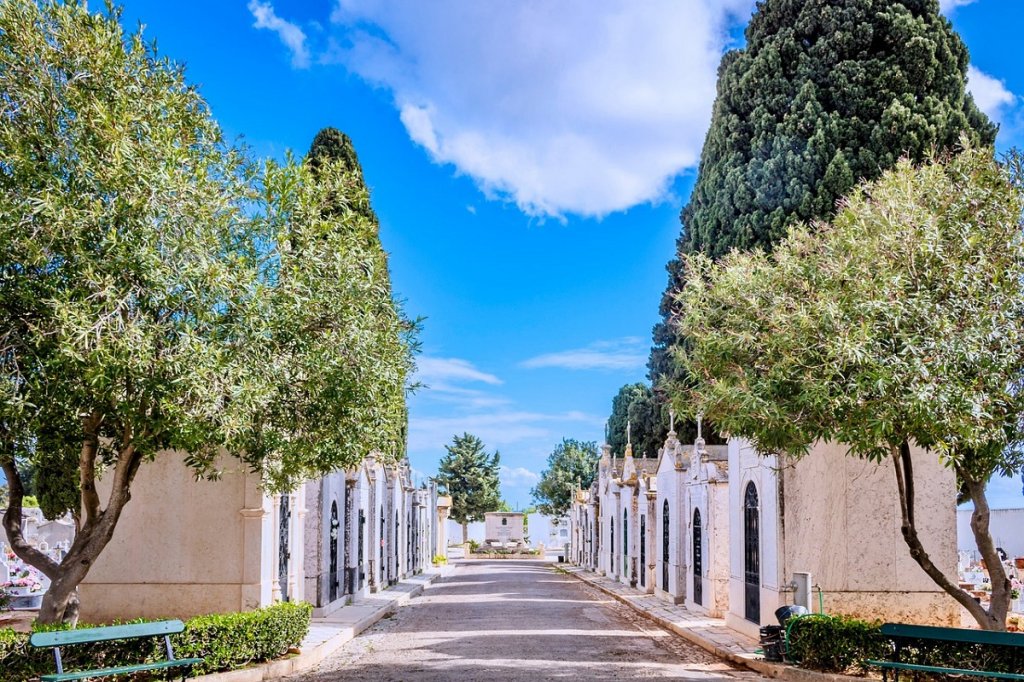
Additional Costs Of Mausoleum Entombment
Entombing a body in an outdoor community mausoleum is comparable to the costs of an in-ground burial at $4,000-5,000. Indoor community space can nearly double the costs to $7,000-8,000. Entombments in a private family mausoleum van easily top $200,000 to build but adding a new resident would require opening and closing fees, a casket, a crypt liner, and engraving of the name that might cost a minimum of $3,500.
Placing cremated remains can be buried in the ground or placed in a mausoleum or columbarium costs a minimum of $1,500 plus opening and closing fees, an urn, and inscription.
Funeral planning should include making decisions about the disposition of the body after a traditional funeral or cremation.

